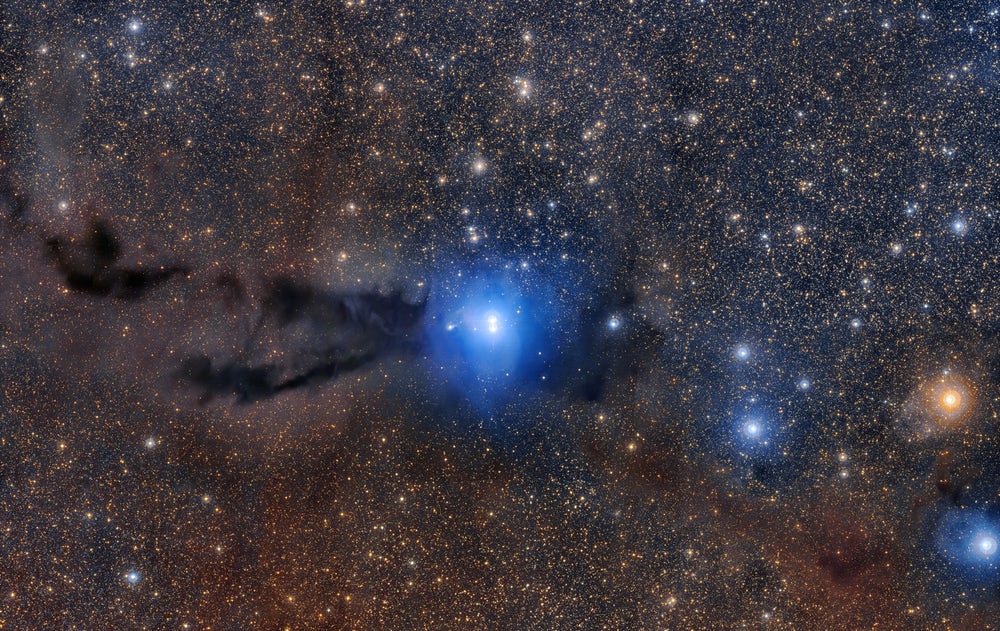
ESO finds ominous view of star breeding Nebula 600 light years away
A well-detailed view of the Lupus 3, which is a dark nebula, has been obtained by the ESO (European Southern Observatory). This nebula has been tagged as one of the closest regions for the formation of stars with distance calculated from our Sun. This nebula is located about 600 light-years away from our blue planet which is a direction similar to the constellation named “Scorpius”. The region is popular for hosting a wide population consisting of relatively young space bodies along with protostars.
The term ‘Nebula’ is assigned to a mesmerizing collection comprised of dust and gas that reflect the light from the newly formed stars. One great example for the same is Tarantula Nebula which is also named 30 Doradus. It is a nebula that extends up to a thousand light years which can be found at the Large Magellanic Cloud. This area is home to some of the largest known stars known to mankind. These gigantic nebulas might be a great site to look at but they do not house the same circumstances as our Milky Way for the birth of stars.
A major portion of the stars that we see in our Milky Way was born inside smaller nurseries which are similar to the image obtained for Lupus 3. This is why astronomers have shown special interest in the nebula to understand the formation and process of evolving among the stars.
The image released by ESO is a collage comprised of numerous small pictures captured by the VLT Survey Telescope along with the MPG/ESO 2.2. Both these pieces of equipment are located in the country of Chile. Viewers can see a wispy dark cloud-like structure that looks like a serpentine that is obscuring the starfield that could be observed beyond the periphery of the nebula.
The disturbances that occur inside the dust that constitute the nebula is the reason it comes together in the form of a knot that is composed of the material that is denser than the ones in its surrounding. With time, the nebula draws in a higher concentration of this material which ultimately collapses due to its gravity and heats up. This event leads to the creation of one or multiple protostars.


